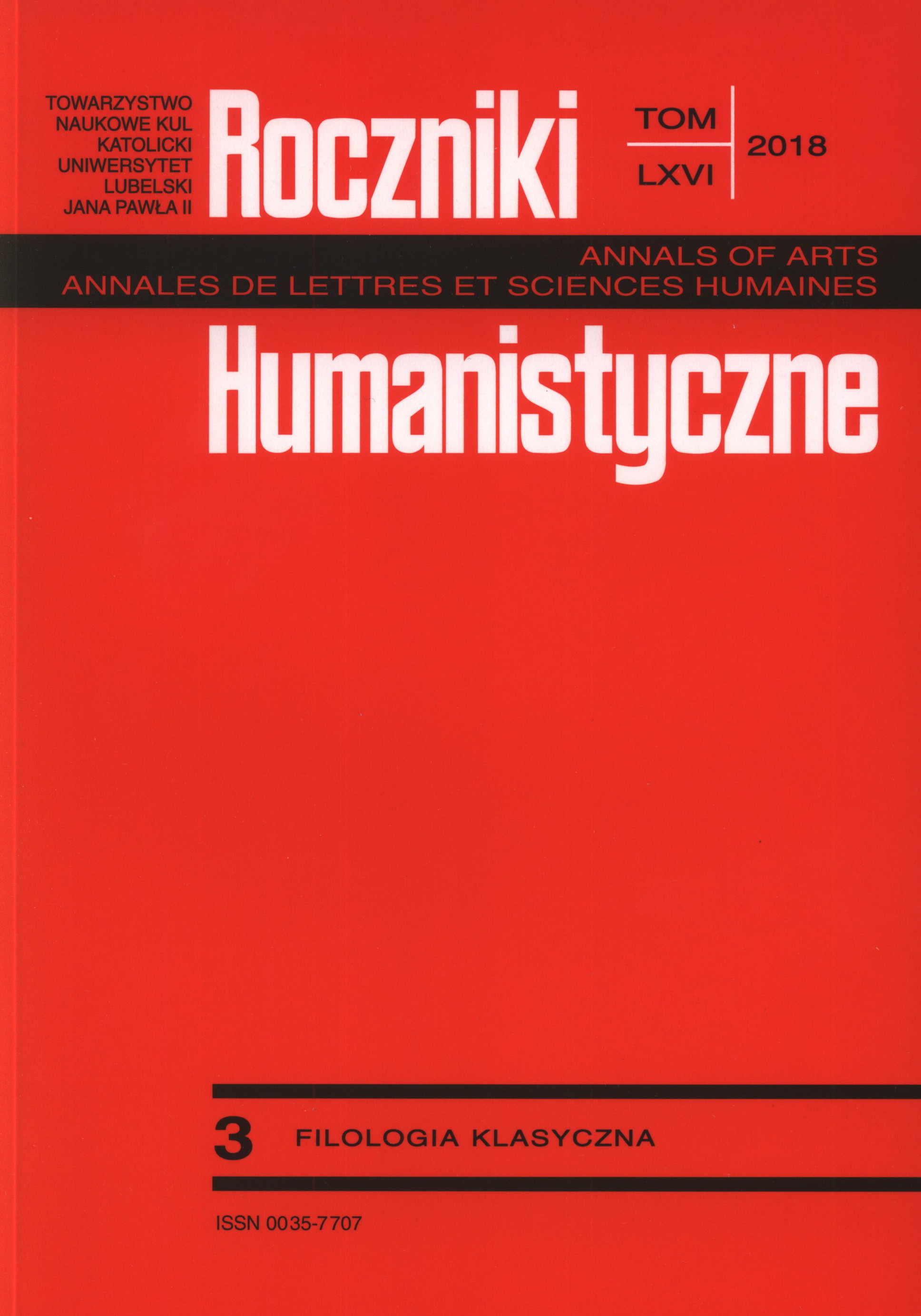Tēlephilon – tajemnicza roślina wróżebna potwierdzająca wzajemność w miłości
Tēlephilon – a Mysterious Plant Used to Charm Whether a Love is Reciprocal
Author(s): Elwira KaczyńskaSubject(s): History, Language and Literature Studies, Ancient World, Philology
Published by: Towarzystwo Naukowe KUL & Katolicki Uniwersytet Lubelski Jana Pawła II
Keywords: disimilation; Greek language; phytonymy
Summary/Abstract: The Greek phytonym τηλέφιλον (literally ‘far-love, love-in-absence’) is attested in the Ancient and Medieval Greek literature (Theocritus, Id. 3.28–30; Agathias, AP V 296) and lexicography (Hesychius, HAL τ-24), as well as in the Cretan river name Τηλεφίλας (IC 174. 26). This appellative (of Doric origin) refers to a mysterious plant, used by the Greek lovers to charm whether their love is mutual or not. The same plant is called τηλέφιον in the ancient and medieval sources (Pedanios Dioscorides, Ps.-Dioscorides; cod. Parisinus Gr. 2419), as it is confirmed by the Greek synonym ἀείζῳον ἄγριον, attested in ancient lexicographic works. Irregular change τηλέφιλον > τηλέφιον appears to be caused by the progressive dissimilation (λ–λ > λ–ø). Ancient sources demonstrate clearly that the Greek phytonym τηλέφι(λ)ον means a plant similar to ‘common purslane, Portulaca oleracea L.’, probably ‘Andrachne telephioïdes L.’. Other possible alternatives refer to two Mediterranean plants: ‘white stonecrop, Sedum album L.’ or ‘starry stonecrop, Sedum stellatum L.’.
Journal: Roczniki Humanistyczne
- Issue Year: 66/2018
- Issue No: 3
- Page Range: 95-110
- Page Count: 16
- Language: Polish

